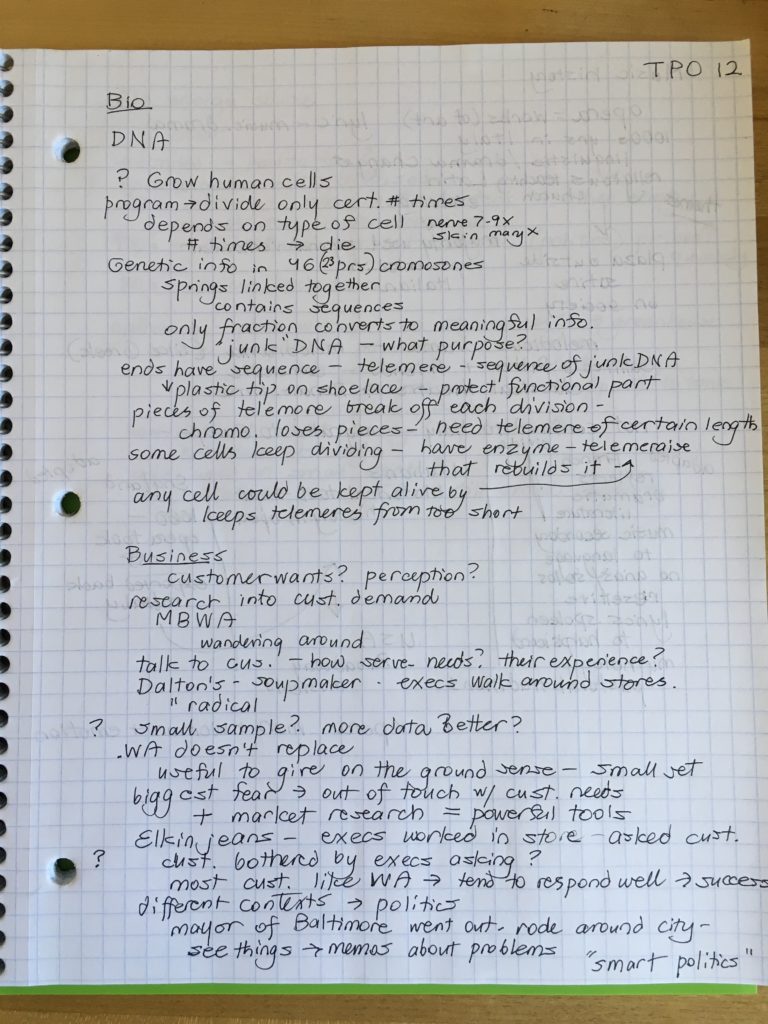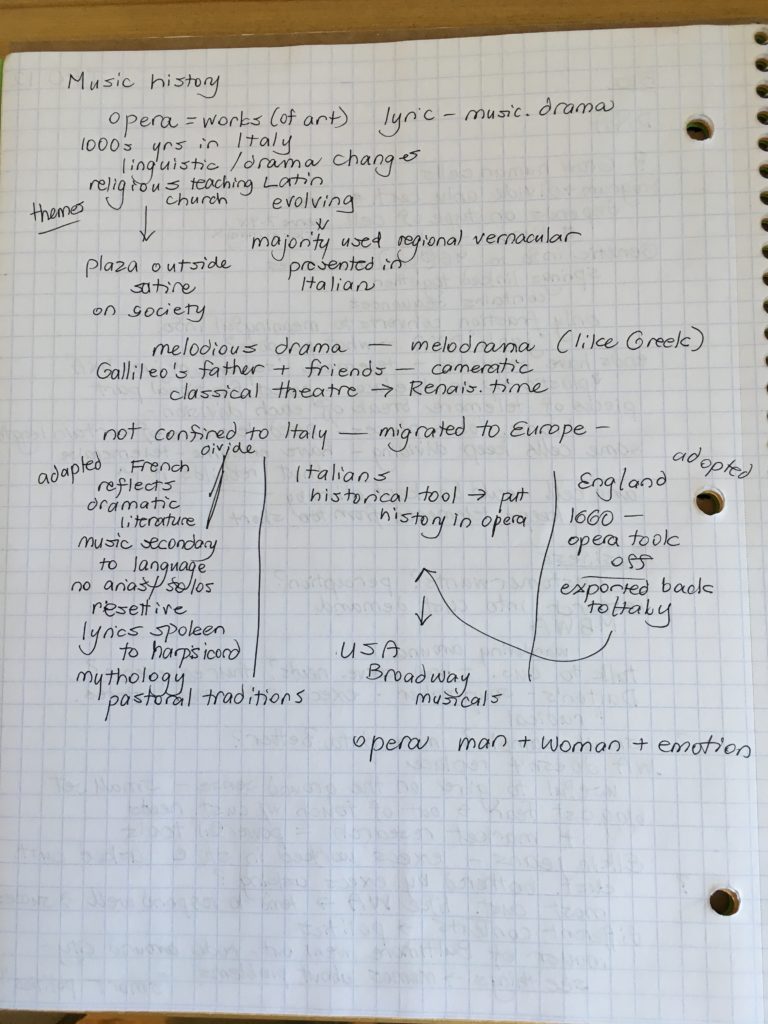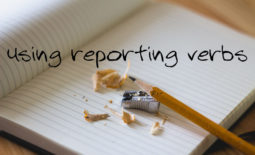The TOEFL Listening section
How can I get a better score on the TOEFL iBT Listening section?
After hearing that question from a number of students, I decided to take a few practice tests myself. No better way to figure out how to tackle a challenge than to actually do it yourself! And here are some thoughts I have about the test.
What Type of Learner Are You?
Most people are aware that there are different types of learners, classified by how they prefer to receive and process information. Auditory learners like to listen; visual learners like to see; kinesthetic learners like to touch. You may have already figured out what type you are.
I’m a visual learner. If someone gives me directions orally, I usually get them mixed up. I much prefer a set of written directions, or a map. Thus, I find listening tasks more difficult to follow. Lectures are easier for me if I’m given a handout or provided with an accompanying PowerPoint.
You can’t change the type of learner you are. Just be aware that if you aren’t an auditory learner, any listening task, whether in English or your native language, is going to present a bigger challenge. And this may affect your approach.
Notes or No Notes?
I have had a few students who don’t take notes, ever. Not in university, and not on the TOEFL. But, as a visual learner, this is not my approach. Taking notes really helps me not only to put what I hear into a visual format, but also to focus better on the content. I’m not sure I could remember what I heard if I didn’t have something written down.
So unless you’re an auditory learner with an excellent memory, I recommend that you take notes. However, note-taking may well distract you from actually listening, and therefore must be done strategically.
How to Take Notes?
Personally, I don’t believe there’s one right way to take notes. I’ve had students who’ve mentioned a particular note-taking method that an online site, study guide, teacher, or friend who got a high score has recommended. But I say … find the method that works for you. It’s like when you’re trying to lose weight. Go online and you’ll find thousands of diets that have plenty of followers all saying that this is the perfect way to lose weight. What they’ve found, actually, is the right way for them, but maybe not for you.
So, through practice, identify what type of note-taking works best for you. Ideas to consider:
- Write at least some of your notes in your native language, if that is quicker or more legible for you. No one will look at your notes, so you won’t be judged negatively for this.
- Practice writing quickly. I have lots of students who tell me that they can’t read their own handwriting. It’s worth making some effort to improve your handwriting. I am a big believer in italic handwriting.
- Use abbreviations, arrows, mathematical signs (like equal or plus signs), and lines to more quickly clarify information.
- Listen for “themes” of the lecture and organize your notes accordingly. For example, if the professor is going to describe two types of something, divide your paper in half with a line. If you’re going to hear about a process, use arrows or numbers to connect each step.
Here are two sample pages of notes that I took for three lectures (biology, business, and music history) from TPO (TOEFL Practice Online) 12.


Some Final Words
When teachers teach listening skills in the classroom, they often use “pre-listening” activities to give the students some context and stimulate some thoughts about the topic before they listen. Unfortunately, this isn’t going to happen on TOEFL … you won’t have any idea what the subject is until the lecture or conversation begins.
To provide that all-important context, I think a strong academic background in a variety of subjects gives you a big advantage. I found that my limited but basic prior knowledge of different subjects really helped me. For example, in the biology lecture on DNA, I had just encountered the word telomere from watching a Great Courses lecture series on the mind-body connection. The history of the opera made more sense to me because I already knew what an aria was and understood the general pattern in European history of culture moving from religious (church) settings to a more secular context. Although you won’t know what subjects you’ll encounter in the TOEFL lectures, the more widely you read and the greater variety of listening resources you use, the better prepared you’ll be to understand at least some of the references in what you hear.
Finally, remember that listening skills will help you not just in the Listening section but also in the four integrated Speaking tasks and the integrated Writing task. Your scores on those parts of the test are going to depend heavily on your ability to understand what you hear. Therefore, when it comes to studying English, you should definitely be all ears!
For more resources on improving your listening skills, see this article.





Learning idioms
March 31, 2019 @ 8:15 am
[…] articles or popular books and listen to native English speakers (either “in person” or on a podcast, in a lecture, or on a YouTube channel). Encounter idioms in their natural environment … in the […]